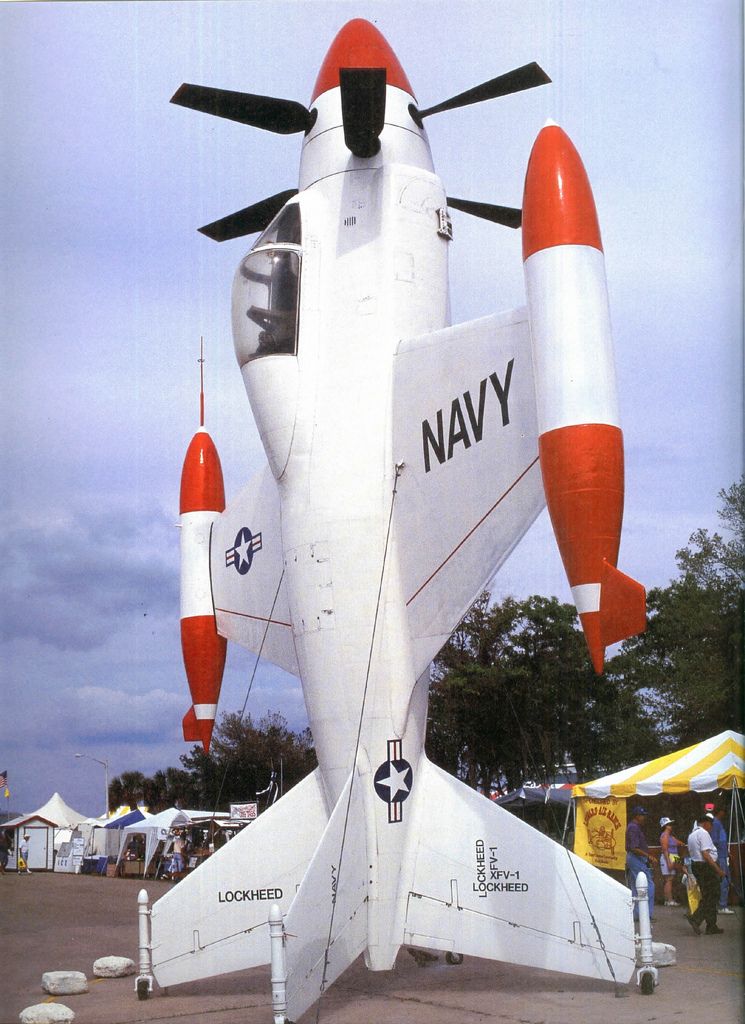Tarheelpilot
Final Approach
- Joined
- Dec 5, 2010
- Messages
- 7,396
- Location
- North Carolina once again.
- Display Name
Display name:
Tarheelpilot
So going back to your post about rockets.Well when they lack enough thrust to keep climbing they tend to flip over and come down nose first at a very high rate of speed.
The point is, if you apply enough thrust you can make a brick fly, thus thrust counters increased drag.
Drag does not apply only to the airfoil it applies to the entire airframe which is why high speed/high performance aircraft designers tend to reduce drag as much as possible.
You'll also notice some incredible aerobatic aircraft that have enough thrust to continue climbing virtually straight up or as some of our more interesting late WWII era aircraft proved take off standing straight up on their tails. Yes there were several propeller driven aircraft in this category.


can you explain how that’s relevant to this discussion? How does an increase in parasite drag change the critical angle of attack?
